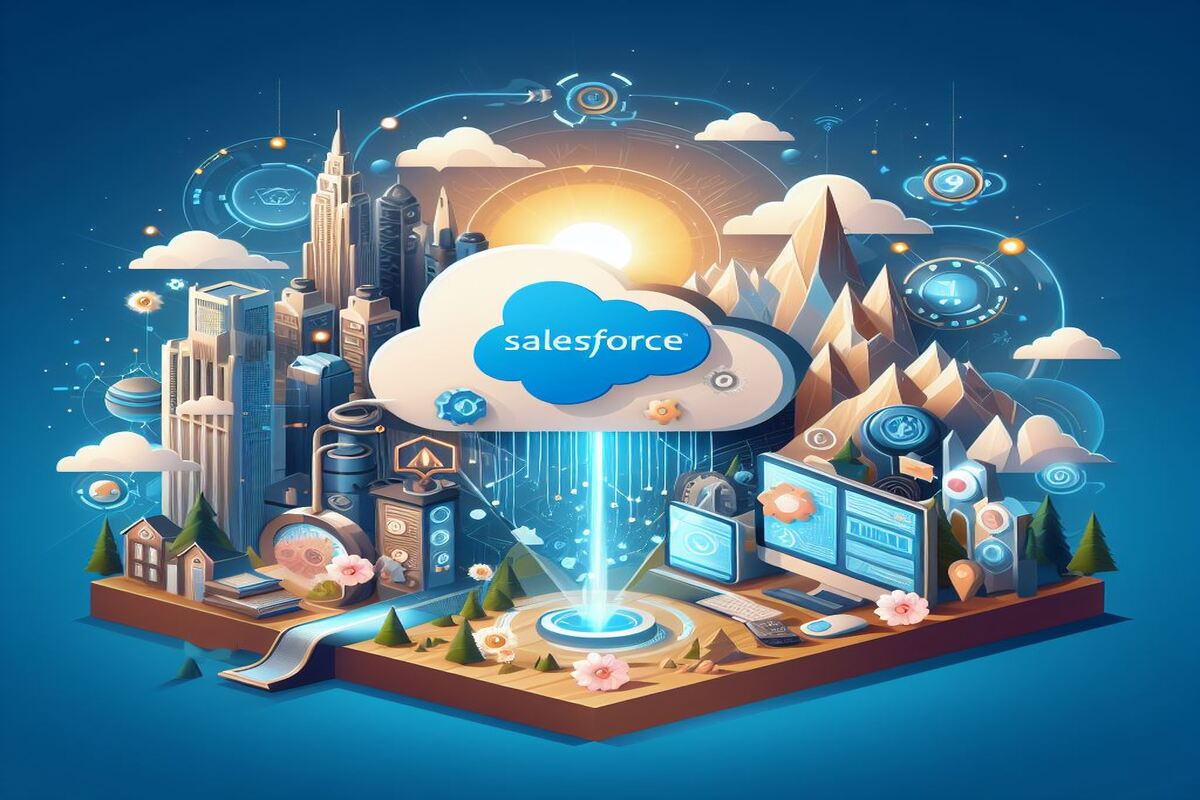Omnicloud: A reluctant vendor race to commonality, interoperability, and the future of the internet.
What is Omnicloud?
The most detested word in the tech lexicon for cloud vendors is easily by far “omnicloud”. What is omnicloud? It is the hedging strategy of every sharp cloud user, it is the prenuptial contract for every user’s cloud infrastructure. Omnicloud is what clients wake up muttering when they have nightmares about vendor lock-in or worse…vendor displacement. If you can host your solution on a cloud, why not on two clouds or three? If one doesn’t pan out…pivot.
Of course like all things, too much of anything without thought to moderation can result in substandard outcomes. An often committed misstep is the “#Lift&Shift”. This entails porting all code to #EC2 instances, #AzureVM’s, or #GCE and running the entire stack as if the cloud was nothing more than a #baremetal #datacenter. Even if we ignore all the known issues with such a strategy, e.g. lack of component fails and packet missies handling, then we are still left with the unrealized loss of opportunity. The cloud is an opportunity to restructure around core value adds and offload cost center dependencies as #IaaS, #PaaS, and #FaaS subscription wraps. By not going #CloudNative, all these opportunities vanish into an obfuscation of images and non-resilient redundancies.
How to reap the benefits of the OmniCloud and still be CloudNative?
How do you run a business in the States and run the same business in France? You adapt. Understand what needs to remain the same from a brand and global logistics perspective and understand what needs to be regionalized from an in-country operations perspective. The cloud is no different, Identify your BUSINESS value add. What do you do better than anyone else? Focus on that. If you’ve already built out an #Azure hosted solution. Push it to be more #CloudNative, and identify those aspects of the solution which are key to your success story. Work with a partner to build out an analog that is #CloudNative in #AWS or #GCP. It won’t look the same, but it will answer the same business asks and it will retain the same magic sauce. #BOT the requisite skillsets in-house when the solution is mature and the Cap-Ops needle has shifted to Ops.
And your cloud vendors, regardless of their desire not to, are being forced by market conditions to make this easier and easier on you and your implementation partners. #Microsoft isn’t running #Linux because that’s the future, it’s because that is the now. #Amazon isn’t supporting powershell on AWS #Lambda functions because they think it’s the next big scripting language, but rather because a large chunk of their potential market is already there.
Cloud vendors have realized that to gain traction with their competition they have to support the portability of solutions from other vendors. AWS, Azure, and GCP senior leadership have begun to internalize what their account managers always appreciated. Clients have complex journeys between cloud vendors. There is rarely an all-or-nothing binary switch for any company. All or nothing switchovers between cloud vendor ecosystems are too risky. Clients will take probing steps, that may seem very comprehensive to an outsider, but are completely reversible at the first sign of trouble or fear of being trapped.
For cloud vendors, the obvious solution is to create a more open and user-friendly ecosystem that actively supports two-way migration between clouds. This of course will cause an erosion of margins as 1:1 comparisons will drive prices closer to cost. But what is the alternative? Closed ecosystems? My way or the highway? We’ve already seen that play out with less than stellar outcomes. At the end of the day, to ensure that the complex journey of clients lingers more in one cloud vendor than their competitors, vendors will have to focus on ease of use, including ease of back and forth migration. They will also have to start exploring interoperability not as an exceptional use case but as a mundane one.
Conclusion
We’ve seen and implemented interoperable OmniClouds. It’s like pulling teeth right now primarily due to vendor pushback to two-way flows. Most of the #ZeroTrust architecture and cross-cloud logging are sufficiently mature to support complex workflows across #Clouds. The pain points are primarily in the custom abstraction layers and #CICD system required to provision, deploy, and smoke-test solutions that have their feet in multiple ecosystems. But when the first cloud vendor adopts radical interoperability expect a few things; lawsuits, stock market flows, market share swings, and this space to explode as that vendor becomes the keystone of the Omnicloud. Contrary to what you see on the news, the future isn’t conflict or fragmentation, but rather cooperation and universal standards.
Add Comment
You must be logged in to post a comment.







